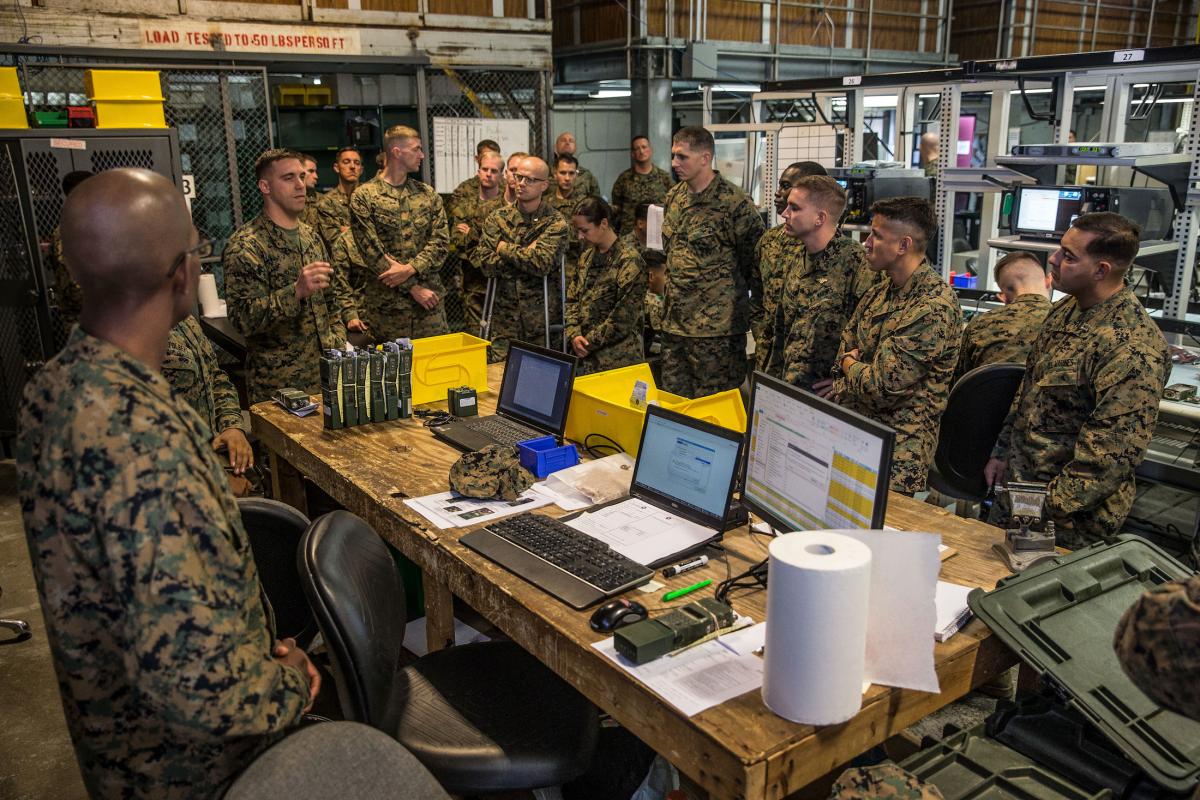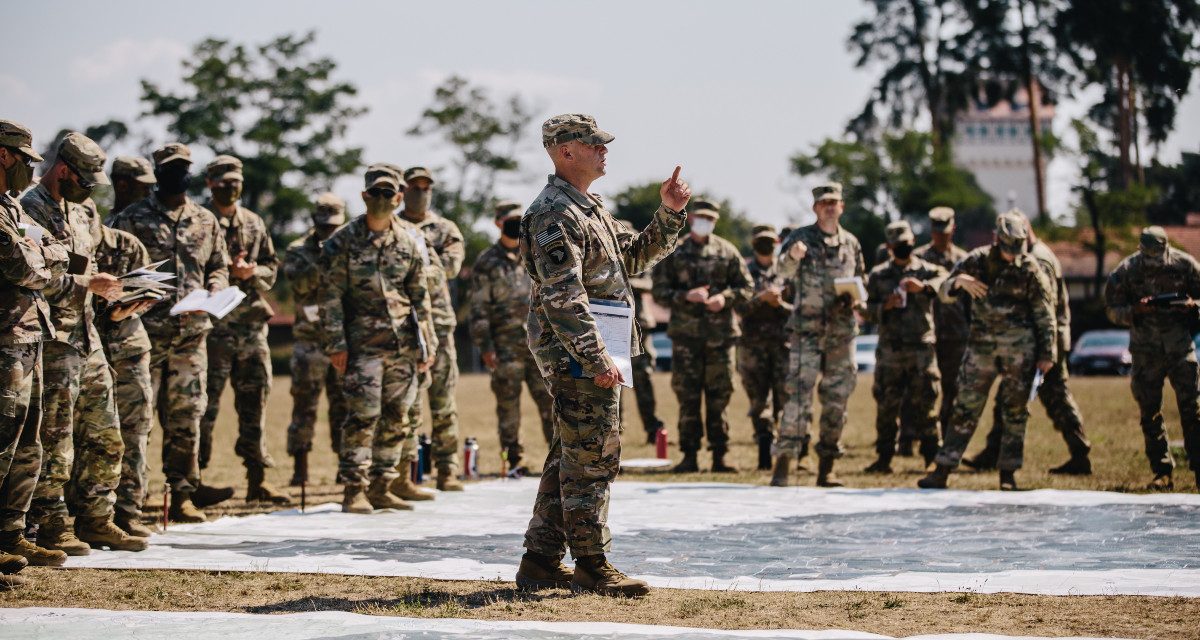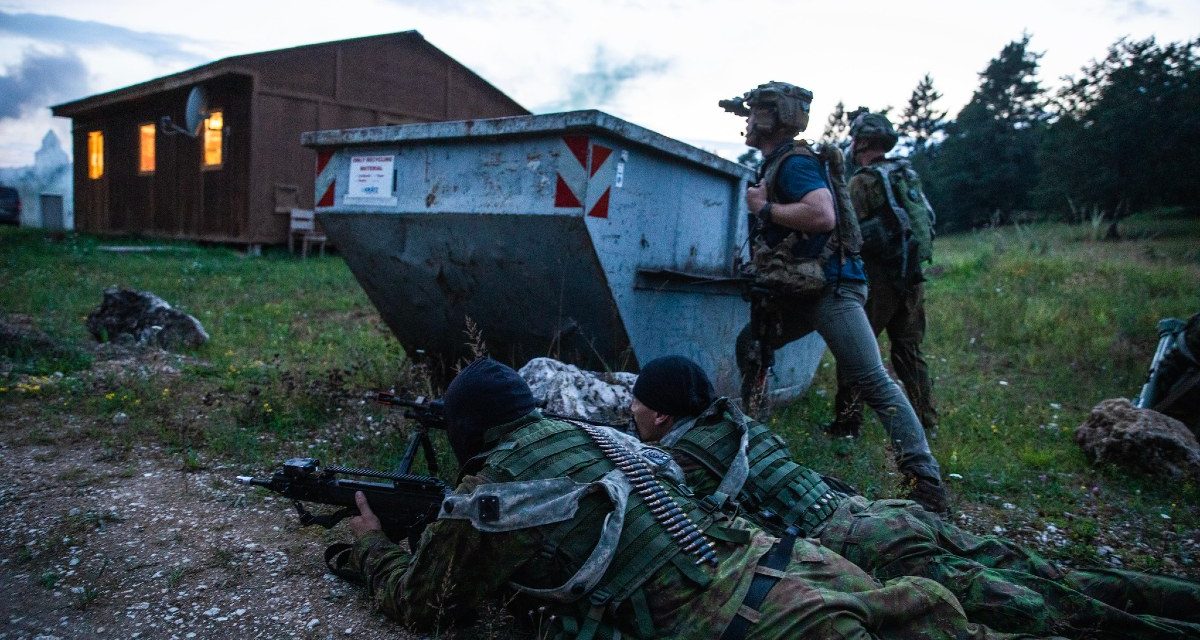TARA KARTHA

With reports now indicating that China is rotating its troops on the banks of Pangong Tso, and creating, for the first time, permanent barracks in Ngari in Tibet, it seems that Beijing is readying to dig in for the winter, never mind the several rounds of talks that have been taking place. US Secretary of State Mike Pompeo spoke of about 60,000 troops opposite India, which further emphasises the fact that this is a crisis of no small proportion. Indian military planners will be working on all contingencies, while other ministries will see to oil reserves, buying defence equipment, and reaching out to the international community.
India and the Narendra Modi government’s choices in such a situation should ideally be dealt with in a tome of several thousand words. But that’s for academics. For decision-makers, and the informed public alike, the final product has to be no more than a few pages, resting on available facts and figures. I have attempted that here in a precis –taking all options, and then settling for the most favourable.
A limited war
First, the most talked-about option is that of a limited war between India and China, which is generally seen as an engagement in which scale, time, weapons used and objectives are all within certain boundaries, in what Lawrence Freedman calls a “presumption of deliberate restraint”. Those boundaries are decided by the political objectives of each side. In this case, the stated objectives are that India demands a return to pre-April status quo and China demands a recognition of the 1959 Claim Line.

















